Infrastructure
NASA cancels VIPER Moon rover amid budget concerns
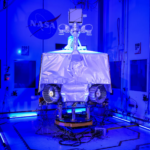
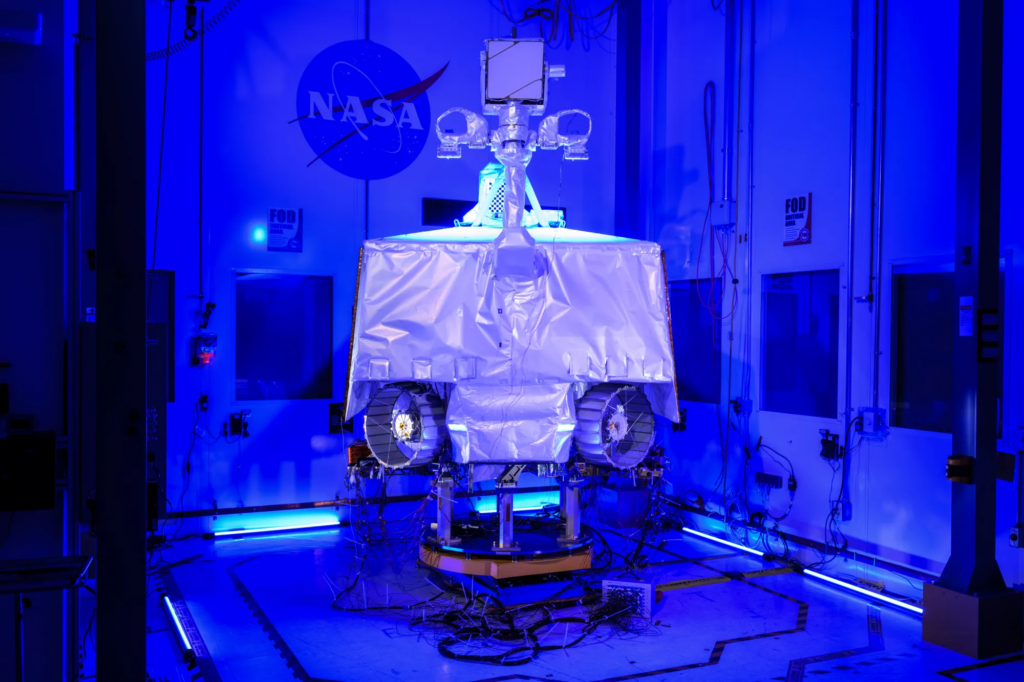
After $450 million and six years of work, NASA will not be exploring lunar ice with its new rover. The Volatiles Investigating Polar Exploration Rover (VIPER) is already built, and the rocket is still scheduled to launch next year, but the rover will remain on Earth.
NASA, Boeing extract lode of data amid Starliner’s extended stay in space
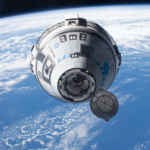
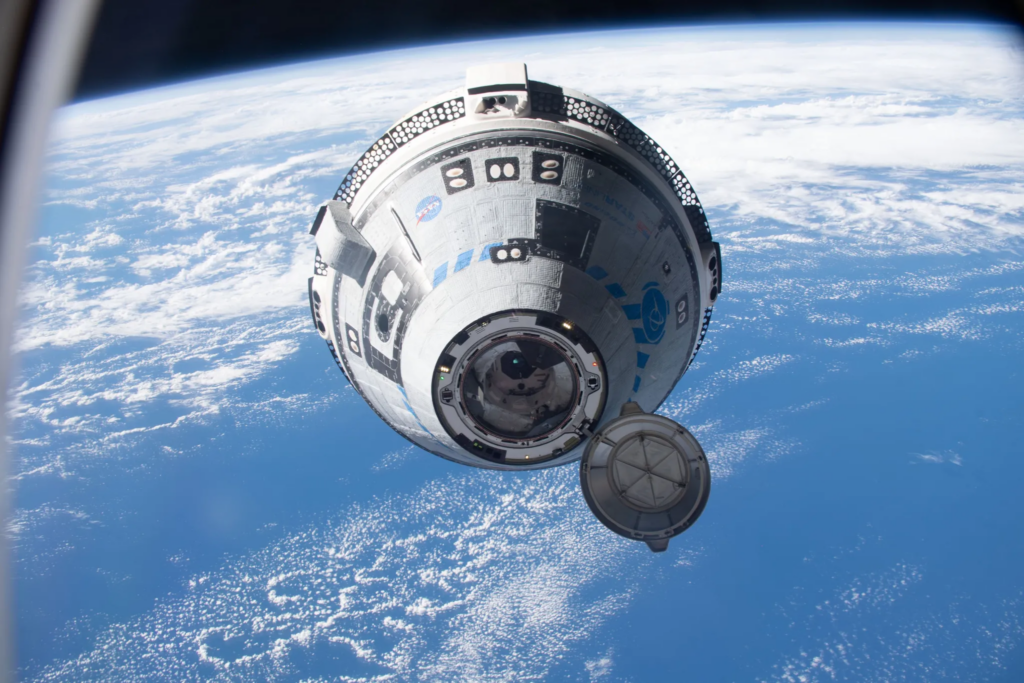
Boeing Starliner Commercial Crew Module deemed safe to return astronauts to Earth for emergency return as engineers diagnose anomalies.
Ariane 6, Europe’s long-awaited launch vehicle, makes maiden flight
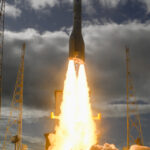
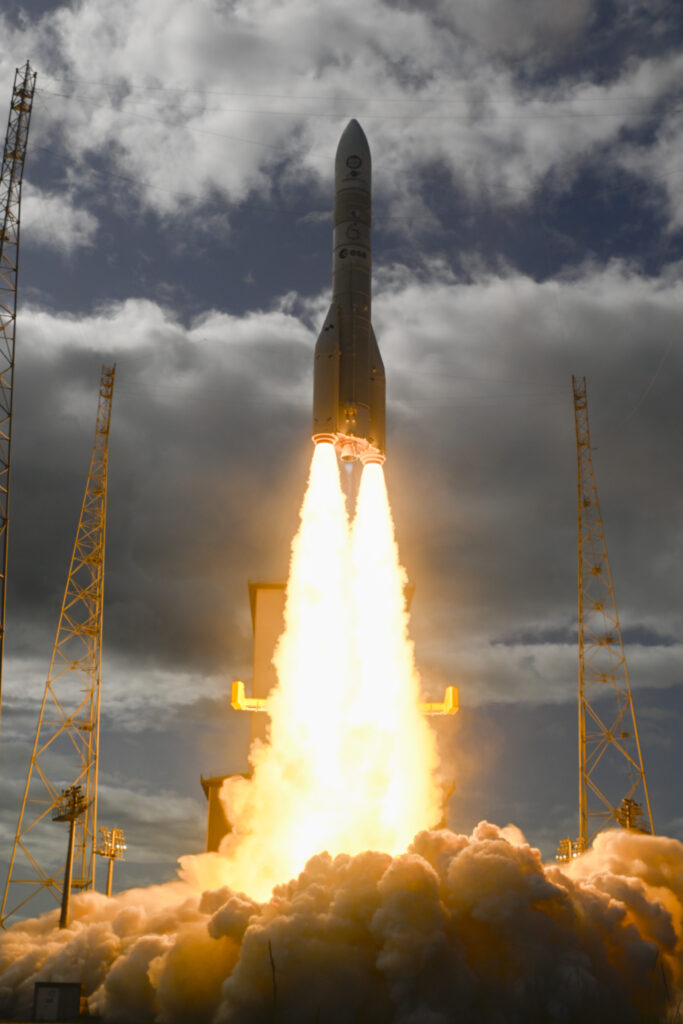
Ariane 6, the launch vehicle designed to ensure the European Space Agency’s access to orbit, flew from French Guiana on Tuesday, ending four years of delays with triumph.
Volunteer crew emerges from year-long NASA Mars simulation
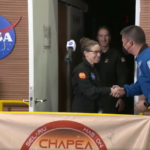
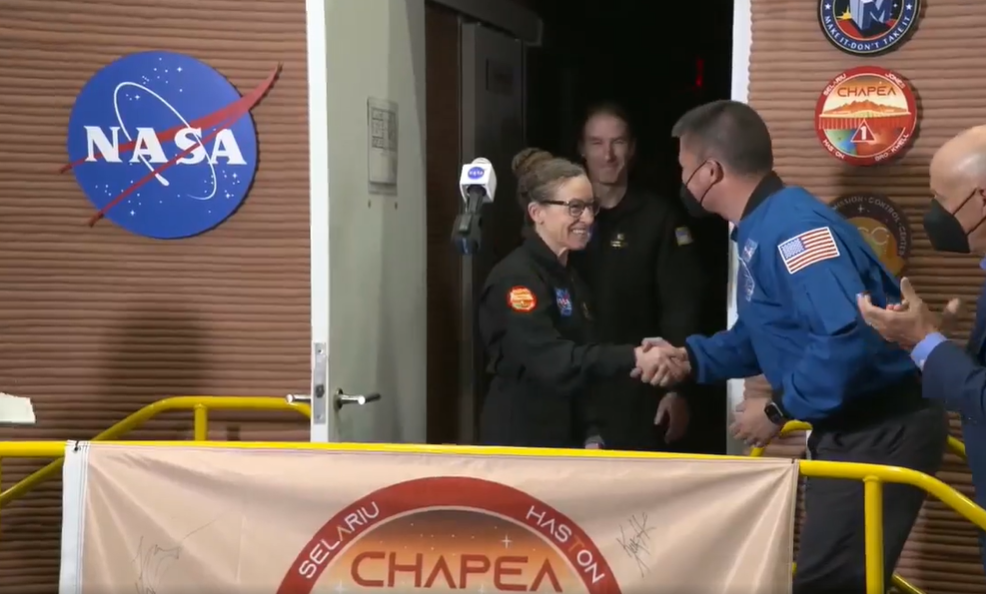
After 378 days, the CHAPEA crew emerged from its Mars Simulation at NASA’s Johnson Space Center.
SpaceX expanding operations, increasing launches in Southern California
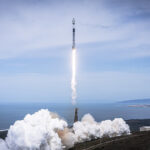
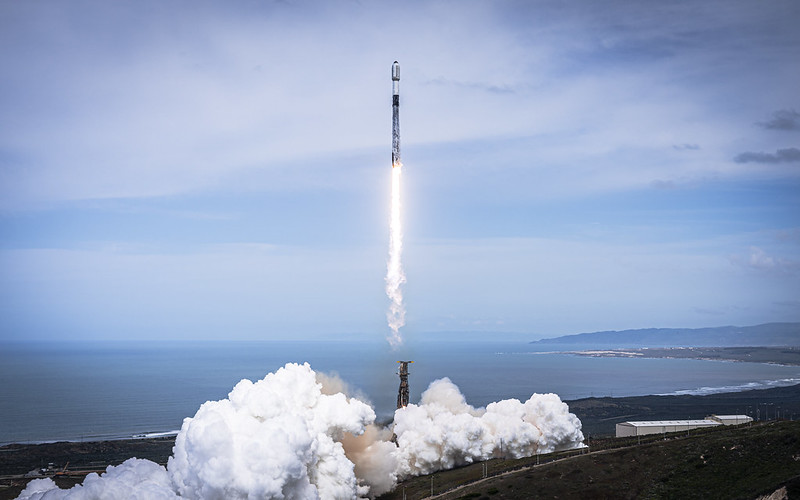
SpaceX is expanding its facility and renewing its lease at the Port of Long Beach to support an increased launch cadence out of Vandenberg Space Force Base.
GOES-U satellite to help strengthen weather, solar forecasts and climate change analysis
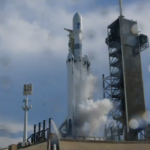
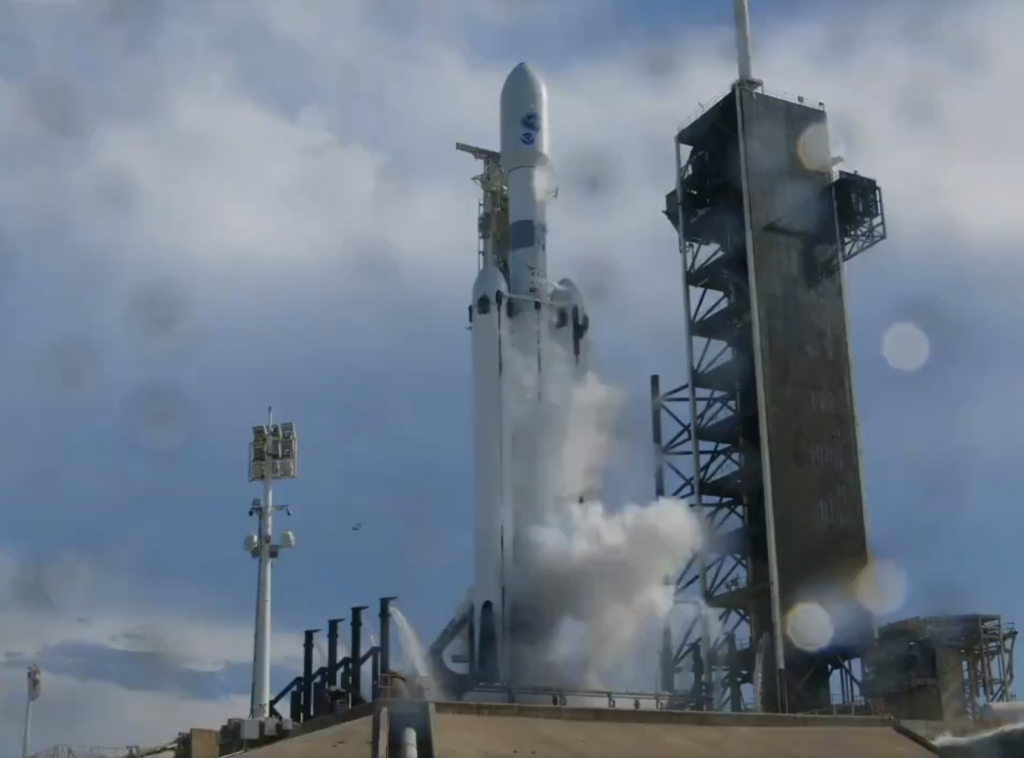
NOAA’s GOES-U satellite, the most advanced weather fleet sent to orbit by the United States, carries the nation’s first operational coronagraph.
China’s Chang’e 6 mission returns samples from Moon’s far side
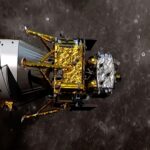
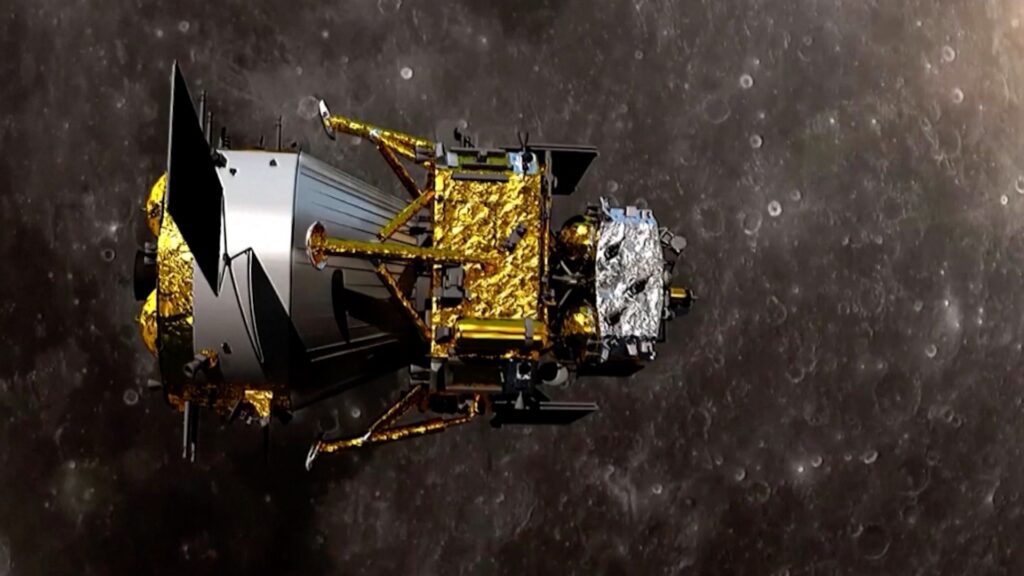
China’s Chang’e 6 spacecraft landed on the far side of the Moon on June 1, and returned the samples to Earth on June 25.
Boeing Starliner accomplishes first crewed launch to ISS
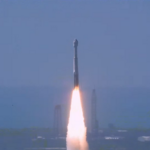
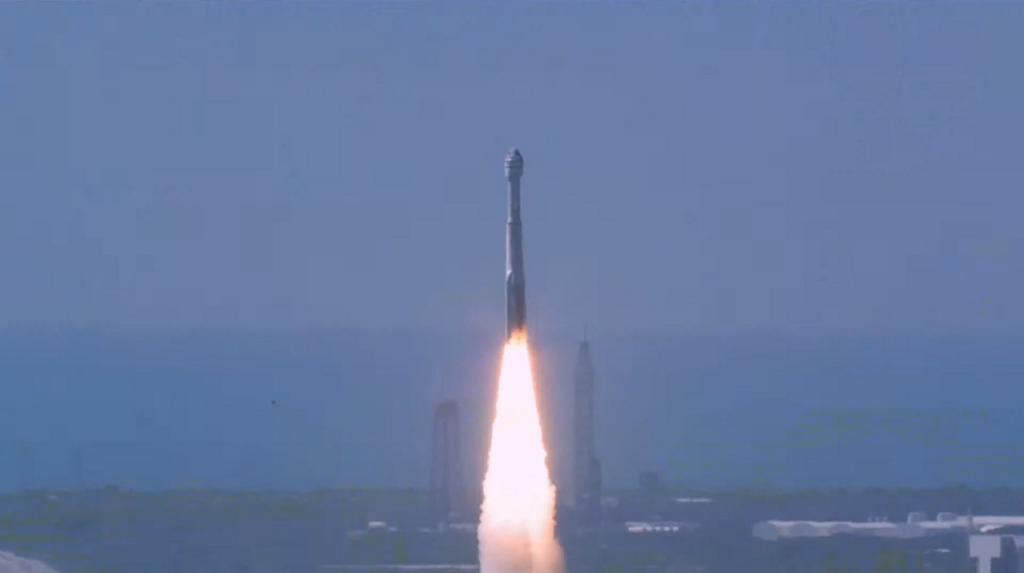
Boeing’s Starliner spacecraft launched from Cape Canaveral with astronauts onboard for the first time. With this success, Starliner is poised to be only the second commercial crewed vehicle that is certified to bring astronauts to the ISS.
Japan completes world’s first wooden satellite
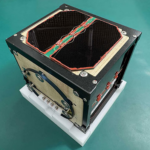
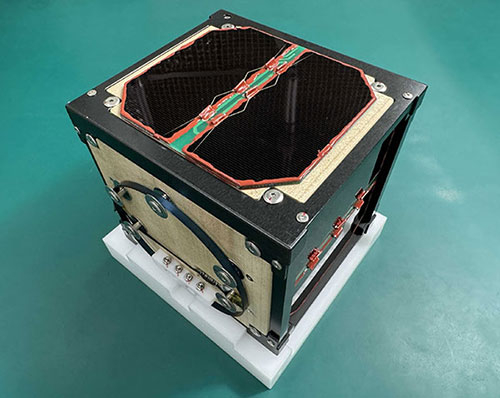
A Japanese university and lumber company are working together to send the first wooden satellite to the International Space station later this year.
SpaceX reaches 50 launches at its fastest pace in three years
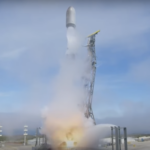
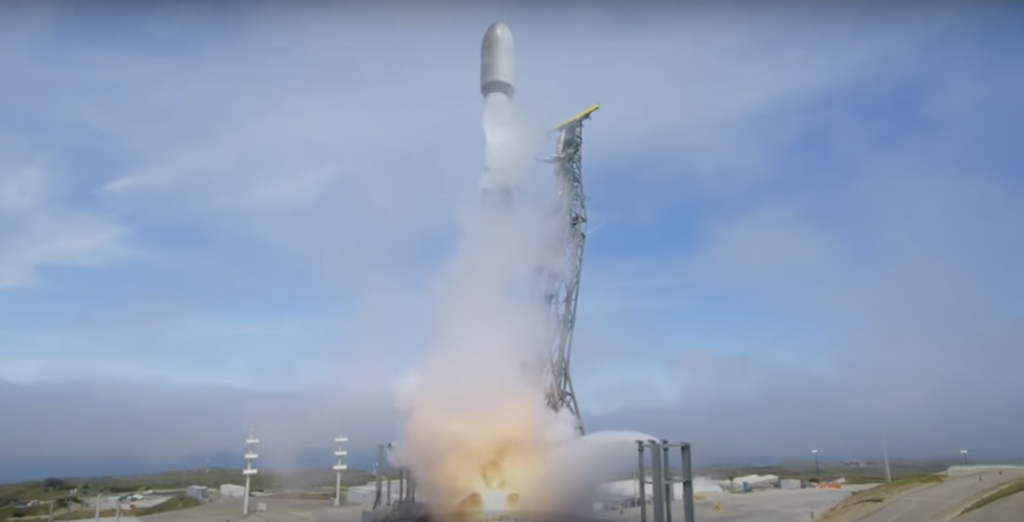
The 50th SpaceX Falcon 9 mission of the year launched successfully May 14 from Vandenberg Space Force Base in California. The launch makes 2024 the third consecutive year the space company has achieved at least 50 annual launches.